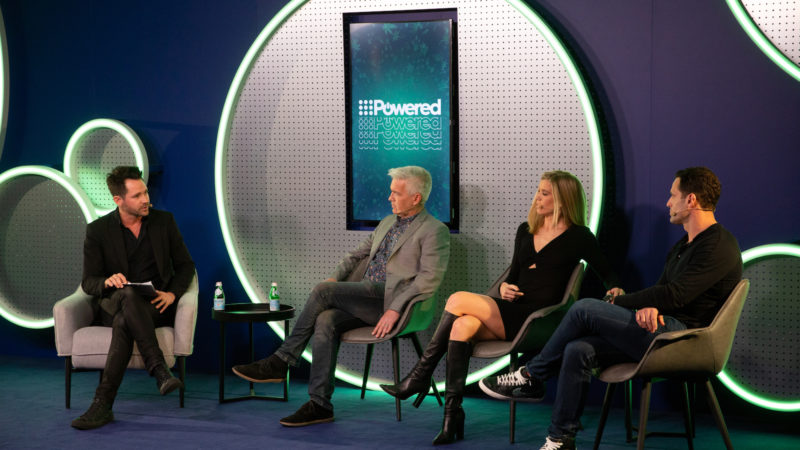Cannabis: A billion dollar industry ready to take off
Cannabis is big business. The market for the cannabis-based product has grown exponentially in recent years, particularly in the US where recreational cannabis is legal in 16 states, and the UK, where regulation of medicinal products has helped the industry thrive.
Australia is a market that is behind other western nations. Nine’s The Big Ideas Store, in conjunction with Initiative, brought together some leading minds on the subject to chat about why the business of cannabis is yet to take off here, and how marketers should tackle the complex product area.

L-R: Sam Geer, Martin Lane, Natasha Gillezeau, Eric Thomson

